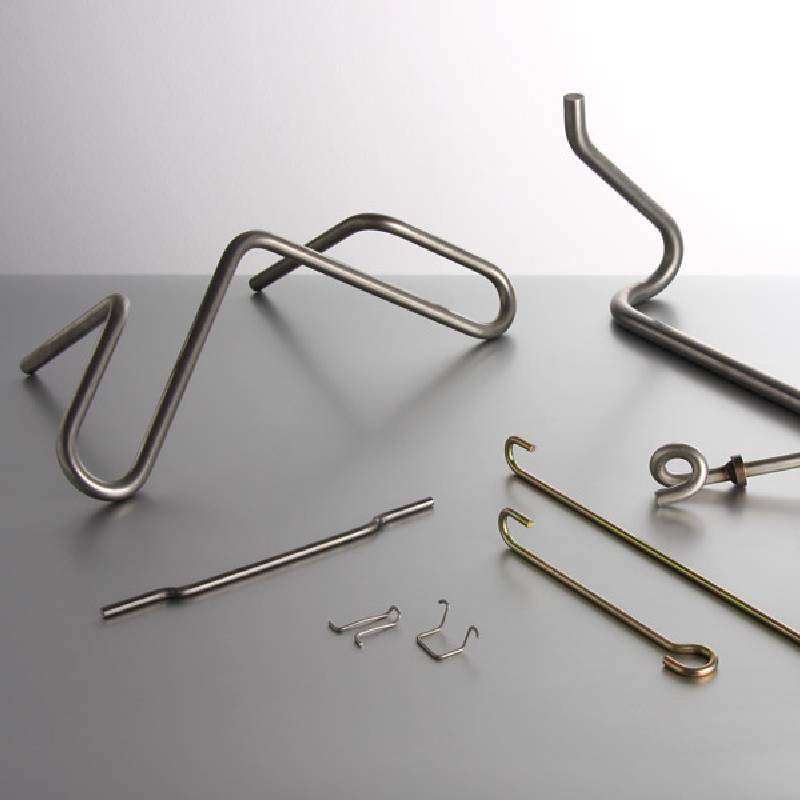
- Mobile Phone
- +8613931874955
- sales@cntcmetal.com
Support Solutions for Rebar Chair Systems in Construction Projects
The Importance of Rebar Chair Support in Construction
In the world of construction, ensuring the integrity and stability of concrete structures is paramount. One crucial component in achieving this is the use of rebar chair supports. These supports play a significant role in reinforcing concrete slabs and beams, making them essential for any construction project that involves reinforced concrete.
What are Rebar Chair Supports?
Rebar chair supports are devices designed to hold rebar in the desired position within a concrete pour. They are typically made of plastic or metal, ensuring durability while being lightweight and easy to handle. These supports come in various sizes and styles, allowing them to accommodate different thicknesses and diameters of rebar. Their primary function is to maintain the correct vertical position of the rebar, ensuring that it is adequately embedded in the concrete. This positioning is critical since the strength of concrete is significantly enhanced when combined with rebar, which helps to absorb tensile stresses that concrete alone cannot withstand.
The Functionality of Rebar Chair Supports
The functionality of rebar chair supports can be broken down into several key aspects. Firstly, they provide stability. When concrete is poured, it can be heavy and fluid, causing the rebar to shift if not properly supported. Rebar chairs keep the reinforcement in place, ensuring that it does not move during the pouring process, which is crucial for maintaining the structural integrity of the finished product.
Secondly, they ensure proper concrete cover. The amount of concrete that surrounds the rebar, known as cover, is vital for protecting the rebar from corrosion and environmental damage. Rebar chair supports help achieve the specified cover required by building codes, which varies depending on the structure and its intended use. This adherence to standards helps to extend the lifespan of the concrete structure, making it safer and more resilient.
Thirdly, rebar chair supports facilitate efficient concrete flow. By elevating the rebar, these supports allow for optimal consolidation of concrete around the reinforcement. This not only enhances the bond between concrete and rebar but also minimizes the risk of air pockets or voids, which can weaken the overall structure.
rebar chair support

Types of Rebar Chair Supports
There are several types of rebar chair supports available in the market. Some of the most common include
1. Plastic Chair Supports Lightweight and resistant to corrosion, plastic chairs are ideal for projects requiring moisture resistance. They are often used in applications where the chairs need to be left in place after the concrete has cured.
2. Metal Chair Supports Made from galvanized steel, these chairs provide higher strength and durability. They are suitable for heavy-duty applications and can be used where greater stability is required.
3. Adjustable Chairs These supports allow for height adjustments, making them versatile for various slab thicknesses. Adjustable chairs can be particularly useful in complex construction projects where different sections may require varying heights.
4. Continuous Chairs Designed to support multiple rows of rebar, continuous chairs provide an efficient solution for large pours where numerous reinforcement bars are laid out.
Conclusion
In conclusion, rebar chair supports are an indispensable component in the construction of concrete structures. They ensure that rebar is securely positioned, provide necessary cover for corrosion protection, and promote optimal concrete flow during the pouring process. By investing in high-quality rebar chair supports and adhering to the best practices in their use, construction teams can significantly enhance the durability and safety of their projects. As the construction industry continues to evolve, the fundamental principles of using reliable supports remain constant, underscoring the importance of rebar chair supports in modern construction practices.
share:
-
Why Sacrificial Formwork Is Redefining Underground ConstructionNewsJun.06,2025
-
The Structural Dynamics of Modern Concrete: How Snake Spacers Revolutionize Flexible ReinforcementNewsJun.06,2025
-
Snake Spacers Smart-Lock Concrete Reinforcement with Surgical PrecisionNewsJun.06,2025
-
Snake Spacers: Reinforcement Precision for Modern Concrete ProjectsNewsJun.06,2025
-
Snake Spacers Powering Concrete's Structural DNANewsJun.06,2025
-
Slither into Success: Snake Spacers' Precision Bite for Unbreakable ReinforcementNewsJun.06,2025
-
Sacrificial Formwork: Building Stronger, Faster, and Safer StructuresNewsJun.06,2025



















